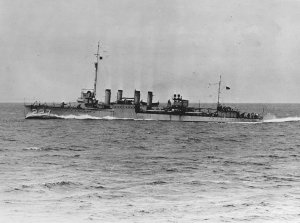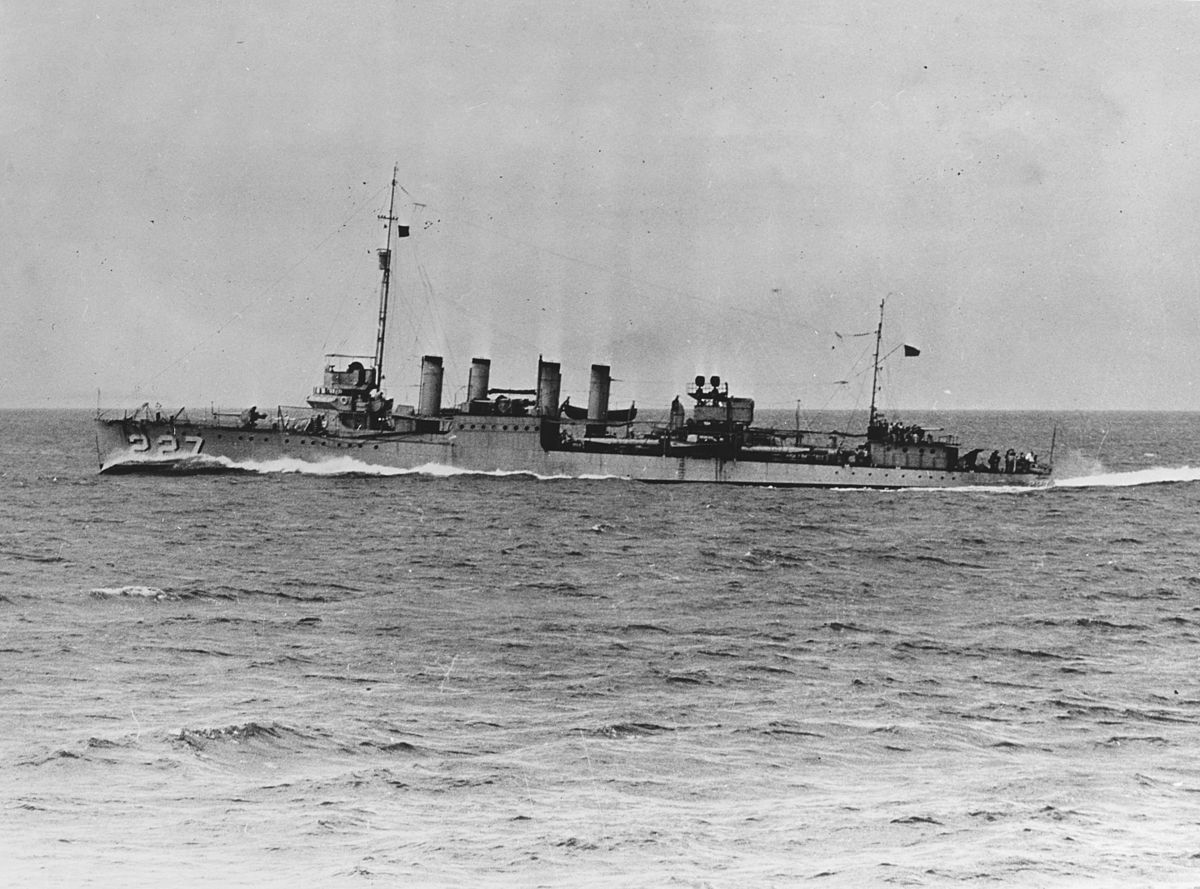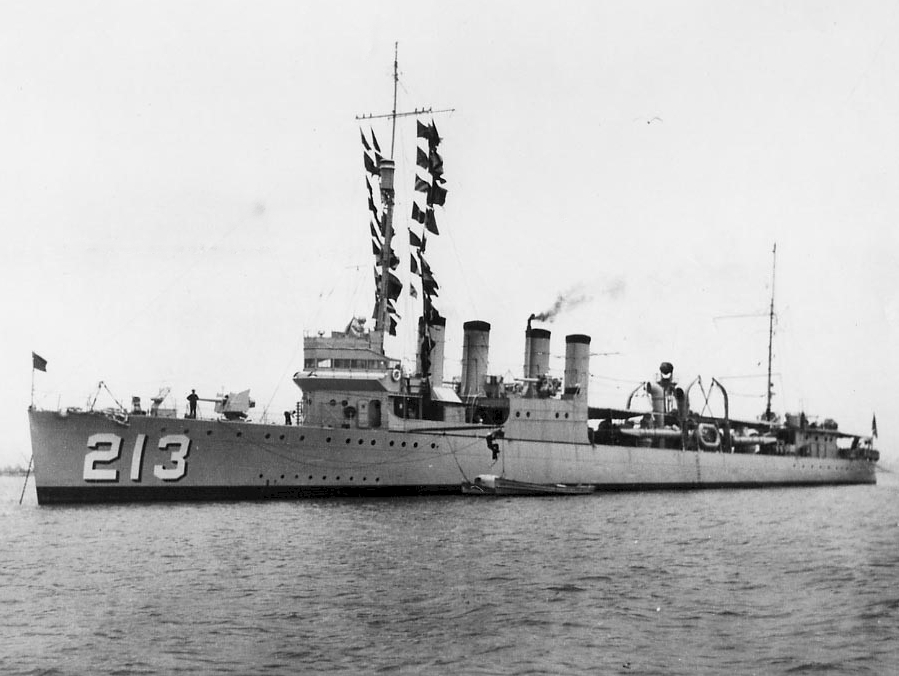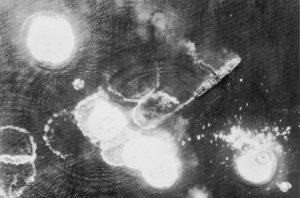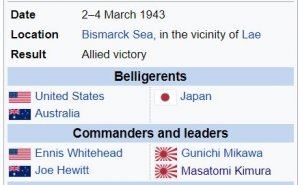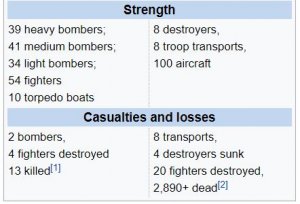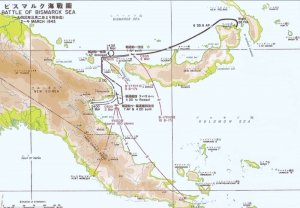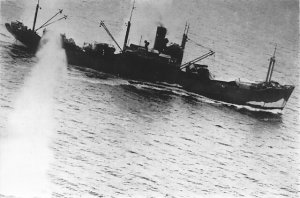Today in Naval History - Naval / Maritime Events in History
1 March 1942 - Second Battle of the Java Sea
The Second Battle of the Java Sea was the last naval action of the Netherlands East Indies campaign, of 1941–42. It occurred on 1 March 1942, two days after the first Battle of the Java Sea. It saw the end of the last Allied warships operating in the waters around Java, allowing Japanese forces to complete their conquest of the Netherlands East Indies unhindered.
Background

HMS Exeter in 1942.

USS Pope in February 1942.

HMS Encounter in July 1938.
The American-British-Dutch-Australian Command fleet were defeated at the first Battle of the Java Sea, on 27 February 1942, and its ships had been dispersed or sunk by the Japanese.
The light cruiser HMAS Perth and the heavy cruiser USS Houston had retreated to Tanjong Priok, the port of the capital, Batavia, in the west of the island. They planned to withdraw via the Sunda Strait to Tjilatjap on the south of the island and departed on the evening of 28 February; but encountering the Japanese Western Invasion Force later that night in Bantam Bay, they were both sunk in the battle of Sunda Strait.
The heavy cruiser HMS Exeter—severely damaged in the first Battle of the Java Sea—had withdrawn to Surabaya in the east, escorted by the Dutch destroyer HNLMS Witte de With. There she was joined by HMS Encounter, which arrived with the survivors from the destroyer HNLMS Kortenaer. Also at Surabaya were the four U.S. destroyers of Destroyer Squadron 58 (DesRon 58), which had also withdrawn there from the battle, and USS Pope, which had been undergoing repairs.
On 28 February, after nightfall, USS John D. Edwards, John D. Ford, Alden, and Paul Jones of DesRon 58 departed for Australia via the Bali Strait; after a brief encounter with a Japanese destroyer they arrived safely at Fremantle on 4 March.
After emergency repairs, Exeter also left for further repairs in Ceylon, leaving at dusk on 28 February, and escorted by Encounterand Pope. Witte de With was unable to leave, due to mechanical trouble, and was later bombed and sunk at Surabaya on 2 March.
As Exeter had too much draft for the Bali Strait, it was decided to go via Sunda Strait, which was thought still open; the morning of 1 March found the three Allied ships west-northwest of Bawean island, heading westwards. The ships were making 23 kn (26 mph; 43 km/h), as much as Exeter could manage.
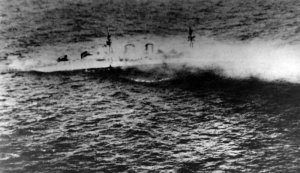
The Royal Navy heavy cruiser HMS Exeter sinking after the Battle of the Java Sea, 1 March 1942.
The battle
At 04:00 on 1 March, ships were sighted to the west; being in no condition for a battle, Exeter and her consorts reversed course, turning northwest to avoid contact.
More ships were sighted at 07:50, bearing southwest; again, the Allied ships had to alter course to avoid them.
At 09:35, two heavy cruisers were sighted approaching from the south; these were Nachi and Haguro of the Eastern Invasion Force with two destroyers, under Admiral Takeo Takagi, whom they had met two days previously at the battle of the Java Sea.
Exeter and the destroyers turned northeast and increased speed, but soon sighted more ships approaching from the northwest; this was Admiral Ibo Takahashi, with the heavy cruisers Ashigara and Myōkō and two destroyers.
Closing in on either side of the fleeing Allied ships, the cruisers opened fire at 10:20 as they came in range.
Encounter and Pope responded by making smoke, and later attempted a torpedo attack, while Exeter returned fire, but at 11:20 Exetersustained a major hit in her boiler room, resulting in a loss of power and slowing her to 4 kn (4.6 mph; 7.4 km/h). As the four Japanese cruisers closed in on Exeter, Encounter and Pope were ordered to make all speed for a nearby rain squall, in an attempt to shake off pursuit; wracked by gunfire, Exeter was brought to a standstill, and the destroyer Inazuma closed in for a torpedo attack, hitting Exeter with two torpedoes on her starboard side. Exeter sank at 11:40, approximately 90 mi (78 nmi; 140 km) north-west of Bawean Island, 60 miles from her captain's (Oliver Gordon) estimated sinking position.
The cruisers switched their attention to the fleeing destroyers; Encounter was quickly hit by 8 in (200 mm) shell fire and sunk, but Pope was able to reach the rain squall and was lost to sight.
The respite was short-lived, however; shortly after noon she was spotted by planes from the aircraft carrier Ryūjō, which was covering the Western Invasion Force; she was dive-bombed and sunk around 13:50.
There were just over 800 survivors altogether; these were picked up and imprisoned by the Japanese, 190 of them subsequently dying in captivity.
The Wrecks
The wrecks of HMS Exeter and HMS Encounter were discovered by a small group of dedicated explorers - who had been looking for the wreck for five years - in February 2007 several miles apart 90 miles north-west of Bawean Island, 60 miles from Exeter's captain's (Oliver Gordon) estimated sinking position, at a depth of approximately 60 m (200 ft). The remains of the wreck of USS Pope was discovered in late 2008, but was found to have already been heavily salvaged.
In November 2016, a diving expedition discovered that the wrecks of HMS Exeter and HMS Encounter were missing from the ocean floor. The Guardian newspaper subsequently reported that the wrecks of HMS Exeter, HMS Encounter, and part of HMS Electra, as well as the submarine USS Perch were missing and presumed illegally scavenged. Commenting on their removal, one of the men involved in their original discovery is stunned at the magnitude of the salvaging that appears to have taken place.
https://en.wikipedia.org/wiki/Second_Battle_of_the_Java_Sea
1 March 1942 - Second Battle of the Java Sea
The Second Battle of the Java Sea was the last naval action of the Netherlands East Indies campaign, of 1941–42. It occurred on 1 March 1942, two days after the first Battle of the Java Sea. It saw the end of the last Allied warships operating in the waters around Java, allowing Japanese forces to complete their conquest of the Netherlands East Indies unhindered.
Background

HMS Exeter in 1942.

USS Pope in February 1942.

HMS Encounter in July 1938.
The American-British-Dutch-Australian Command fleet were defeated at the first Battle of the Java Sea, on 27 February 1942, and its ships had been dispersed or sunk by the Japanese.
The light cruiser HMAS Perth and the heavy cruiser USS Houston had retreated to Tanjong Priok, the port of the capital, Batavia, in the west of the island. They planned to withdraw via the Sunda Strait to Tjilatjap on the south of the island and departed on the evening of 28 February; but encountering the Japanese Western Invasion Force later that night in Bantam Bay, they were both sunk in the battle of Sunda Strait.
The heavy cruiser HMS Exeter—severely damaged in the first Battle of the Java Sea—had withdrawn to Surabaya in the east, escorted by the Dutch destroyer HNLMS Witte de With. There she was joined by HMS Encounter, which arrived with the survivors from the destroyer HNLMS Kortenaer. Also at Surabaya were the four U.S. destroyers of Destroyer Squadron 58 (DesRon 58), which had also withdrawn there from the battle, and USS Pope, which had been undergoing repairs.
On 28 February, after nightfall, USS John D. Edwards, John D. Ford, Alden, and Paul Jones of DesRon 58 departed for Australia via the Bali Strait; after a brief encounter with a Japanese destroyer they arrived safely at Fremantle on 4 March.
After emergency repairs, Exeter also left for further repairs in Ceylon, leaving at dusk on 28 February, and escorted by Encounterand Pope. Witte de With was unable to leave, due to mechanical trouble, and was later bombed and sunk at Surabaya on 2 March.
As Exeter had too much draft for the Bali Strait, it was decided to go via Sunda Strait, which was thought still open; the morning of 1 March found the three Allied ships west-northwest of Bawean island, heading westwards. The ships were making 23 kn (26 mph; 43 km/h), as much as Exeter could manage.

The Royal Navy heavy cruiser HMS Exeter sinking after the Battle of the Java Sea, 1 March 1942.
The battle
At 04:00 on 1 March, ships were sighted to the west; being in no condition for a battle, Exeter and her consorts reversed course, turning northwest to avoid contact.
More ships were sighted at 07:50, bearing southwest; again, the Allied ships had to alter course to avoid them.
At 09:35, two heavy cruisers were sighted approaching from the south; these were Nachi and Haguro of the Eastern Invasion Force with two destroyers, under Admiral Takeo Takagi, whom they had met two days previously at the battle of the Java Sea.
Exeter and the destroyers turned northeast and increased speed, but soon sighted more ships approaching from the northwest; this was Admiral Ibo Takahashi, with the heavy cruisers Ashigara and Myōkō and two destroyers.
Closing in on either side of the fleeing Allied ships, the cruisers opened fire at 10:20 as they came in range.
Encounter and Pope responded by making smoke, and later attempted a torpedo attack, while Exeter returned fire, but at 11:20 Exetersustained a major hit in her boiler room, resulting in a loss of power and slowing her to 4 kn (4.6 mph; 7.4 km/h). As the four Japanese cruisers closed in on Exeter, Encounter and Pope were ordered to make all speed for a nearby rain squall, in an attempt to shake off pursuit; wracked by gunfire, Exeter was brought to a standstill, and the destroyer Inazuma closed in for a torpedo attack, hitting Exeter with two torpedoes on her starboard side. Exeter sank at 11:40, approximately 90 mi (78 nmi; 140 km) north-west of Bawean Island, 60 miles from her captain's (Oliver Gordon) estimated sinking position.
The cruisers switched their attention to the fleeing destroyers; Encounter was quickly hit by 8 in (200 mm) shell fire and sunk, but Pope was able to reach the rain squall and was lost to sight.
The respite was short-lived, however; shortly after noon she was spotted by planes from the aircraft carrier Ryūjō, which was covering the Western Invasion Force; she was dive-bombed and sunk around 13:50.
There were just over 800 survivors altogether; these were picked up and imprisoned by the Japanese, 190 of them subsequently dying in captivity.
The Wrecks
The wrecks of HMS Exeter and HMS Encounter were discovered by a small group of dedicated explorers - who had been looking for the wreck for five years - in February 2007 several miles apart 90 miles north-west of Bawean Island, 60 miles from Exeter's captain's (Oliver Gordon) estimated sinking position, at a depth of approximately 60 m (200 ft). The remains of the wreck of USS Pope was discovered in late 2008, but was found to have already been heavily salvaged.
In November 2016, a diving expedition discovered that the wrecks of HMS Exeter and HMS Encounter were missing from the ocean floor. The Guardian newspaper subsequently reported that the wrecks of HMS Exeter, HMS Encounter, and part of HMS Electra, as well as the submarine USS Perch were missing and presumed illegally scavenged. Commenting on their removal, one of the men involved in their original discovery is stunned at the magnitude of the salvaging that appears to have taken place.
https://en.wikipedia.org/wiki/Second_Battle_of_the_Java_Sea





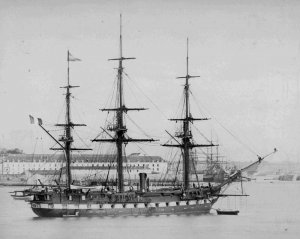
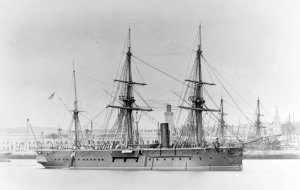
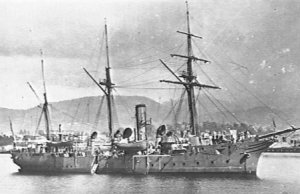


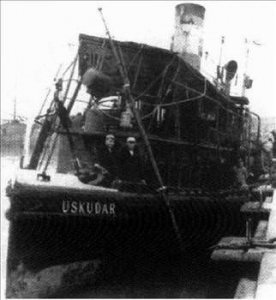
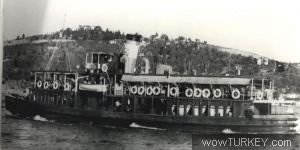
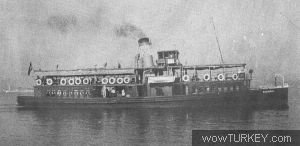
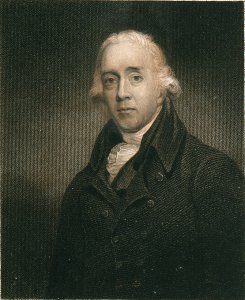
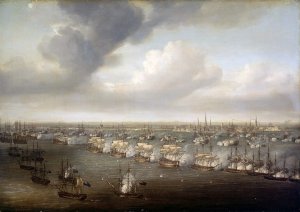

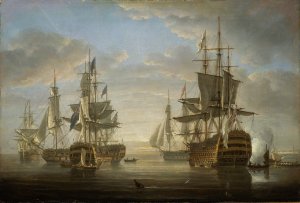
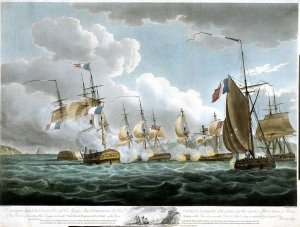
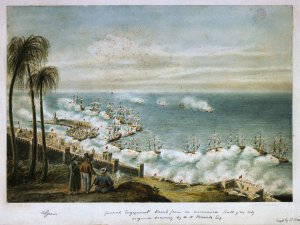

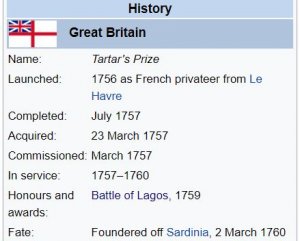
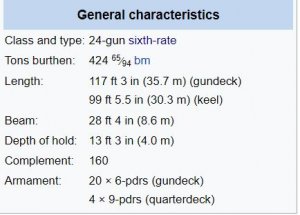

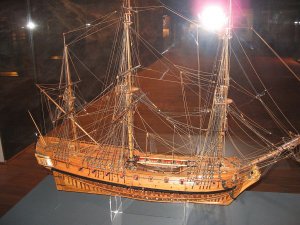
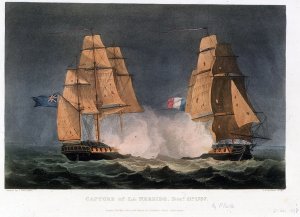
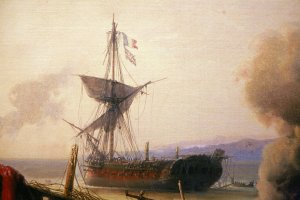
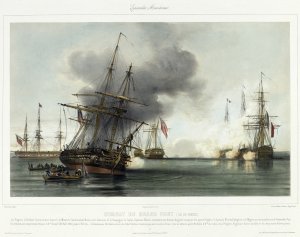
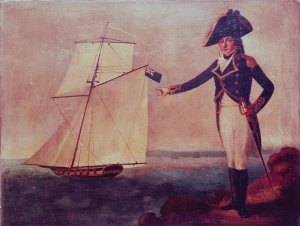
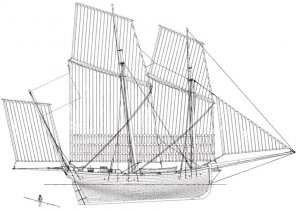
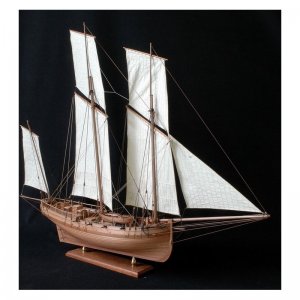
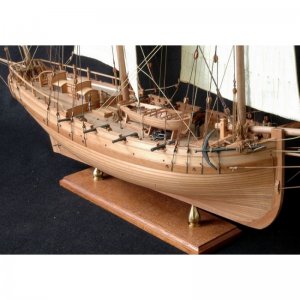
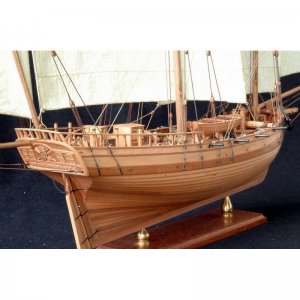
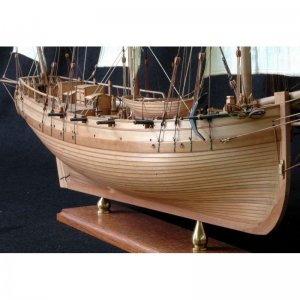

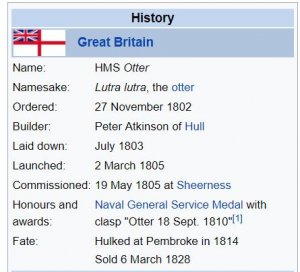
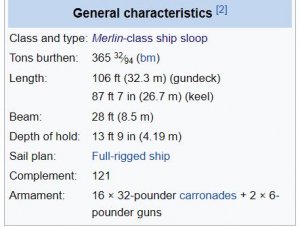
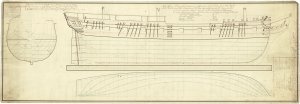
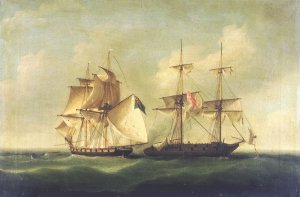
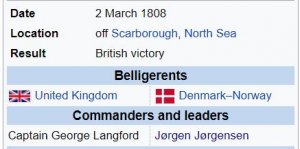
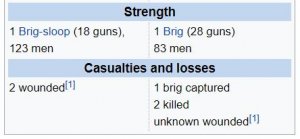
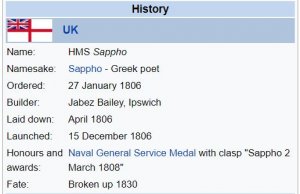
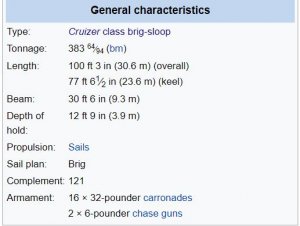


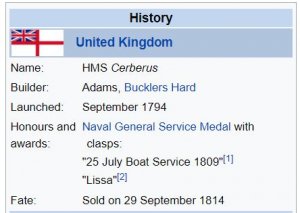
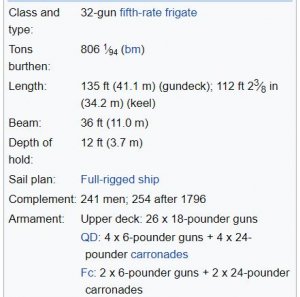
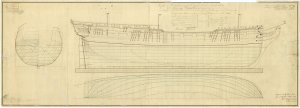


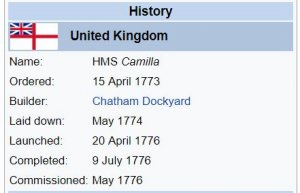
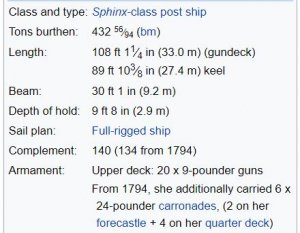
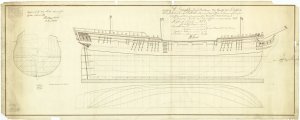
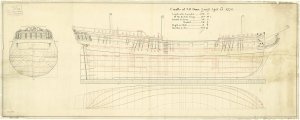
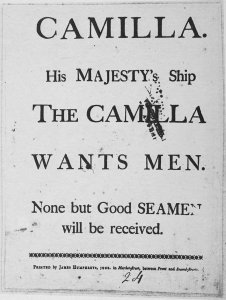
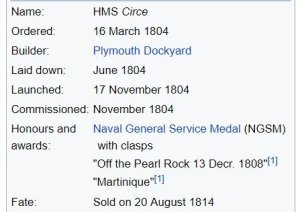
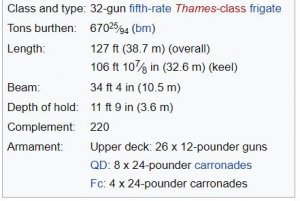


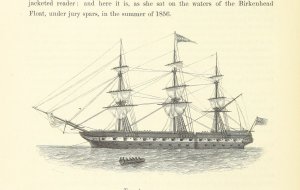
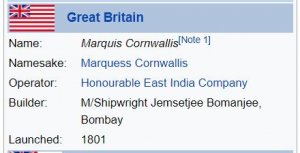
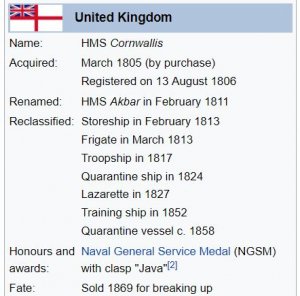
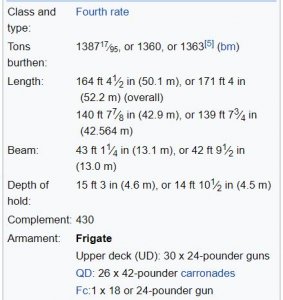
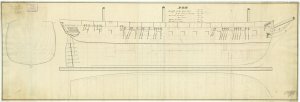

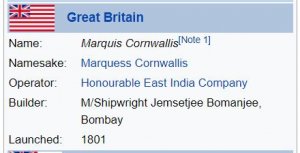
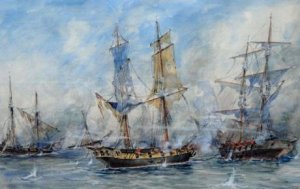
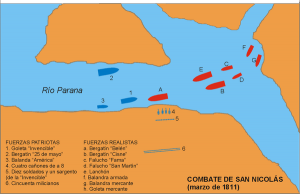

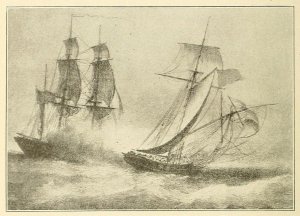
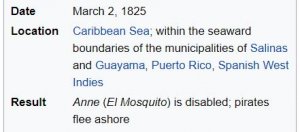
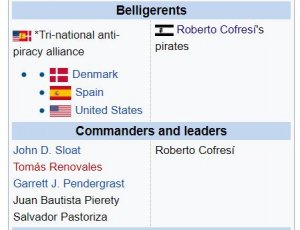
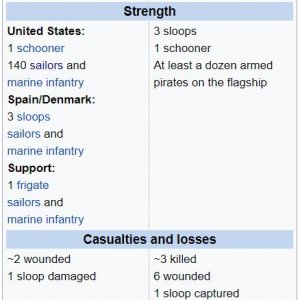
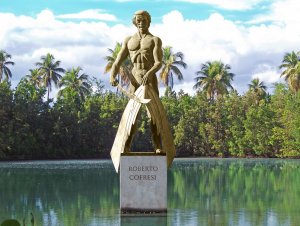
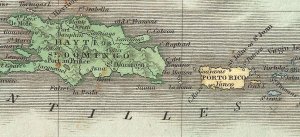



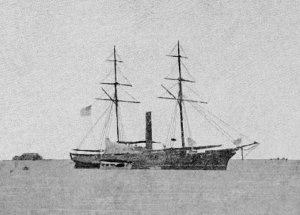
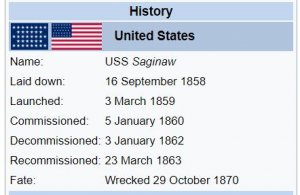
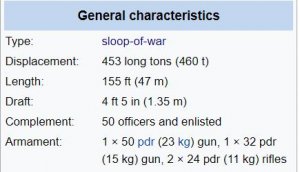
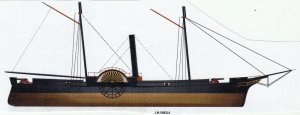
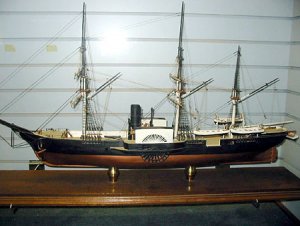
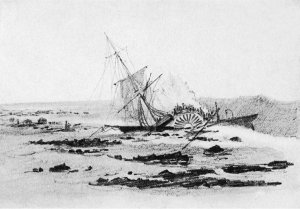

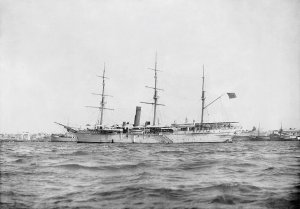
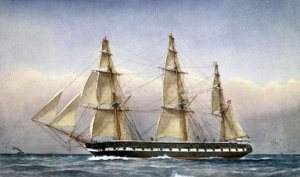

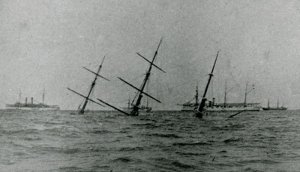
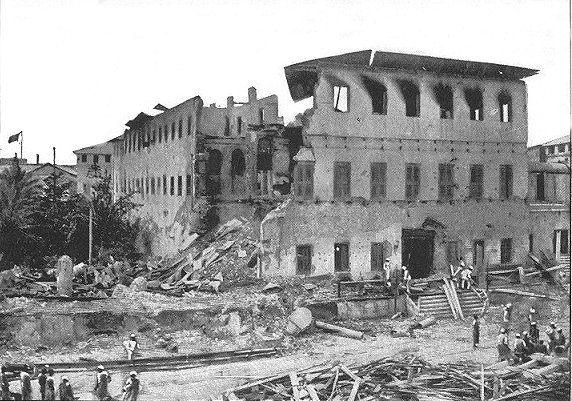
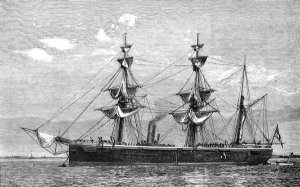
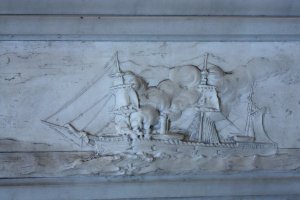
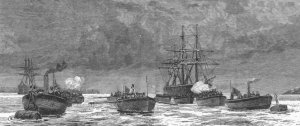
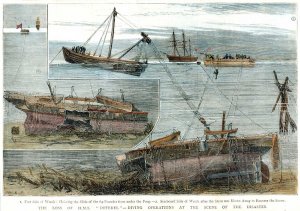
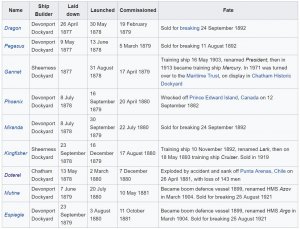
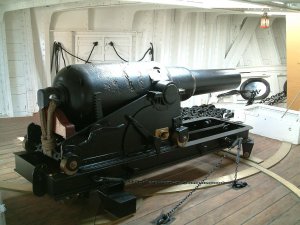


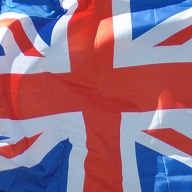
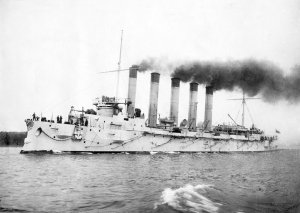
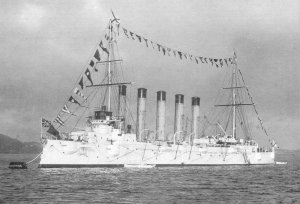
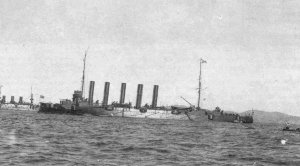
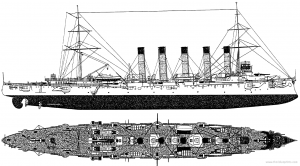
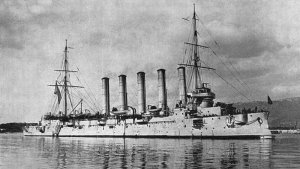
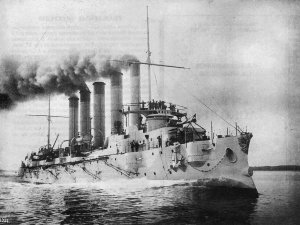
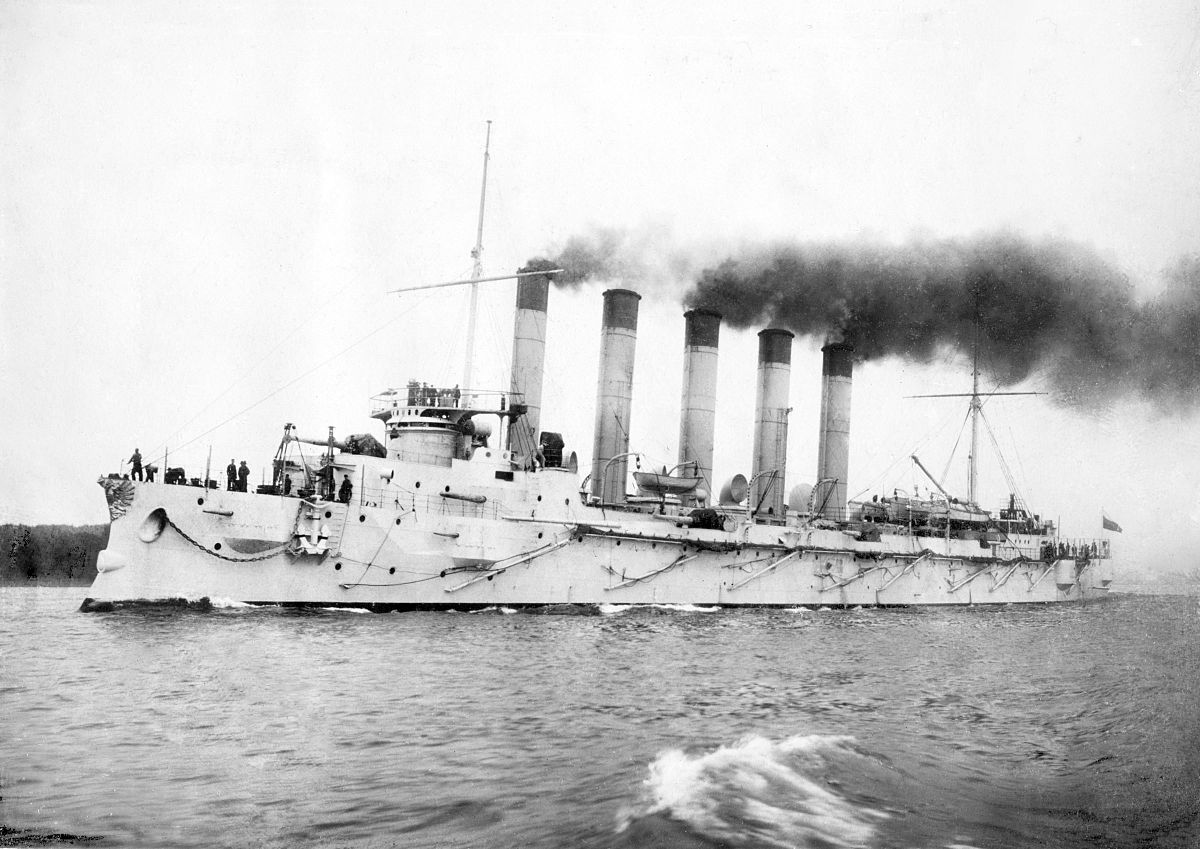
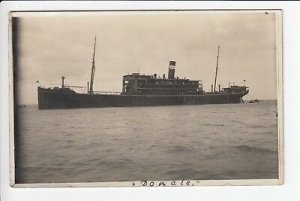
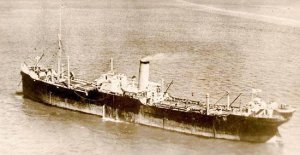


 bury – In a night surface action
bury – In a night surface action 